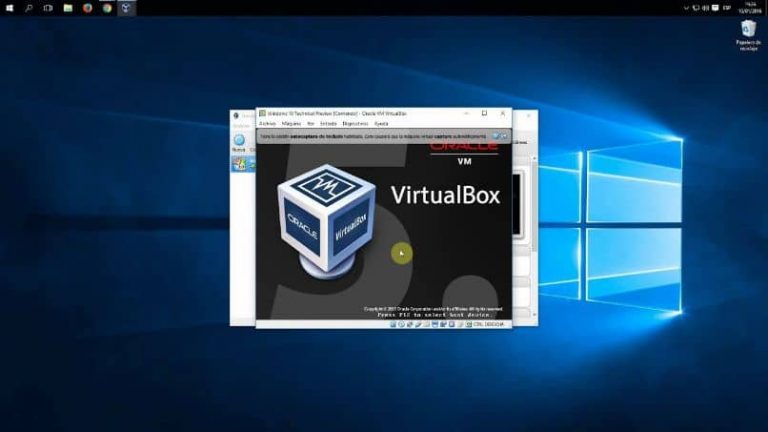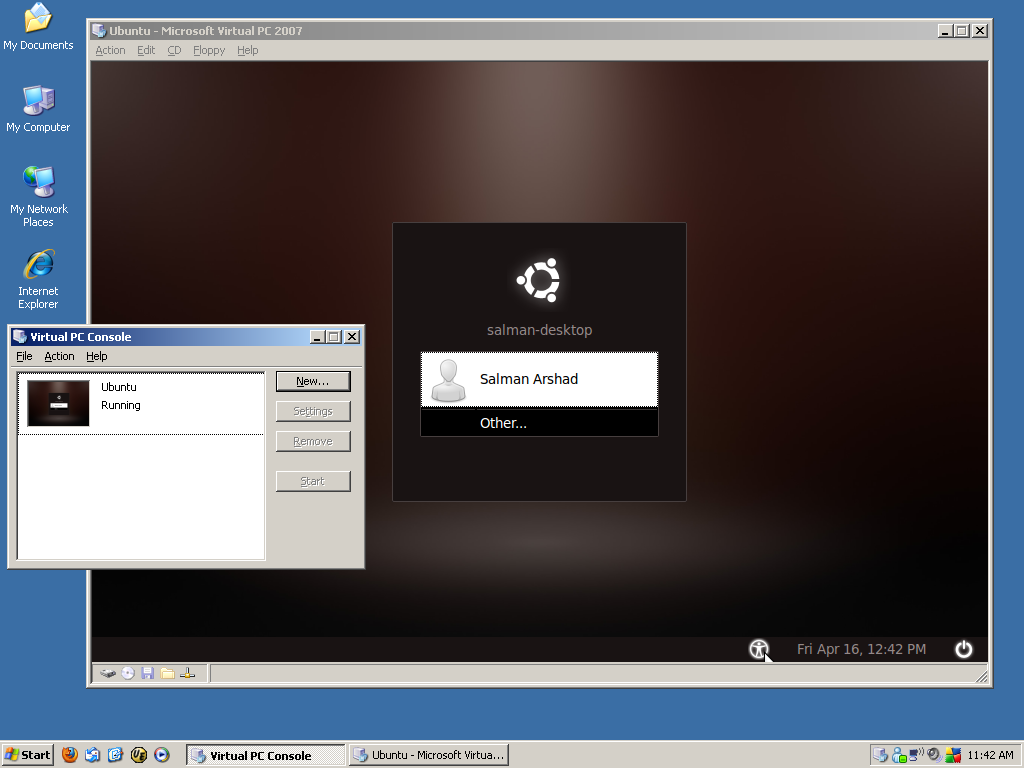

Some features of Hyper-V are different in Windows 10 compared to Windows Server. Automation-Hyper-V does not automate virtual desktop processes such as automatically joining a user to Azure Active Directory (Azure AD).Patching-users and administrators now have to manage multiple operating systems, including patching and maintenance.Hyper-V does not provide network segregation or any firewall capabilities out of the box. The Windows Remote Desktop Protocol (RDP) is not protected against screen/keyboard capturing or injecting. Security-virtual storage is not encrypted out-of-the-box, meaning that attackers who compromise the host can access the content of any virtual machines.Users have to do this manually, or admins can automate creation of VMs using scripting. Management-there is no central management interface to create and manage Windows 10 virtual machines.Complexity-running Hyper-V requires expertise, and involves advanced tasks like enabling Intel VTx, managing networks and vSwitches, and tuning the resources allocated to each VM (cores, memory, and dynamic memory allocation).In addition, latency-sensitive applications may have issues when running in a virtualized environment. Applications-Applications strongly dependent on specific hardware may not run properly on virtual machines.When planning your Windows 10 virtualized deployment, consider the following limitations of Hyper-V: The processor cache is very fast, virtual machines can access critical data or applications more quickly than from main memory. CPU cache-a large CPU cache is very useful when running virtual environments with heavy workloads.

In addition, to optimize I/O between multiple disk drives, RAID should be configured correctly. This requires high performance storage controllers and hard drives. Storage-adequate I/O bandwidth is required to run virtualized workloads without interruption.You must have at least 4 GB of RAM available for the Hyper-V host and the virtual machines running on it (more RAM is required the more VMs you run, or the more intensive your workloads). You can use the Dynamic Memory feature to resize virtual machine memory automatically. Memory-to ensure high performance, you need to allocate enough RAM resources for Hyper-V hosts and virtual machines.To use CPU resources efficiently, you need to determine how many virtual processors (processor cores) each virtual machine needs. The main factor in this case is the active operating system. Processor-each virtual machine is assigned up to 240 virtual processors per virtual machine.Here is a list of important hardware considerations related to implementing Hyper-V on computers running Windows 10: Hyper-V is available for 64-bit editions of Windows 10 Pro, Enterprise and Education (not the Home version). It differs from other virtualization solutions like VMware vSphere and VirtualBox, which are Type 2 hypervisors that run on top of an operating system. Hyper-V is a Type 1 hypervisor, which runs directly on physical hardware. This means that all virtual machines typically run on virtual hardware-you can define virtual disks, virtual switches, and other virtual devices and add them to virtual machines. Hyper-V performs hardware virtualization. Running virtual desktop infrastructure (VDI) Windows workloads on Windows 10 machines.Export virtual machines and import them into any Hyper-V based system, including the Microsoft Azure cloud.
Virtual pc windows 10 software#
Testing software with several operating systems, without having access to a device that has them installed.



 0 kommentar(er)
0 kommentar(er)
